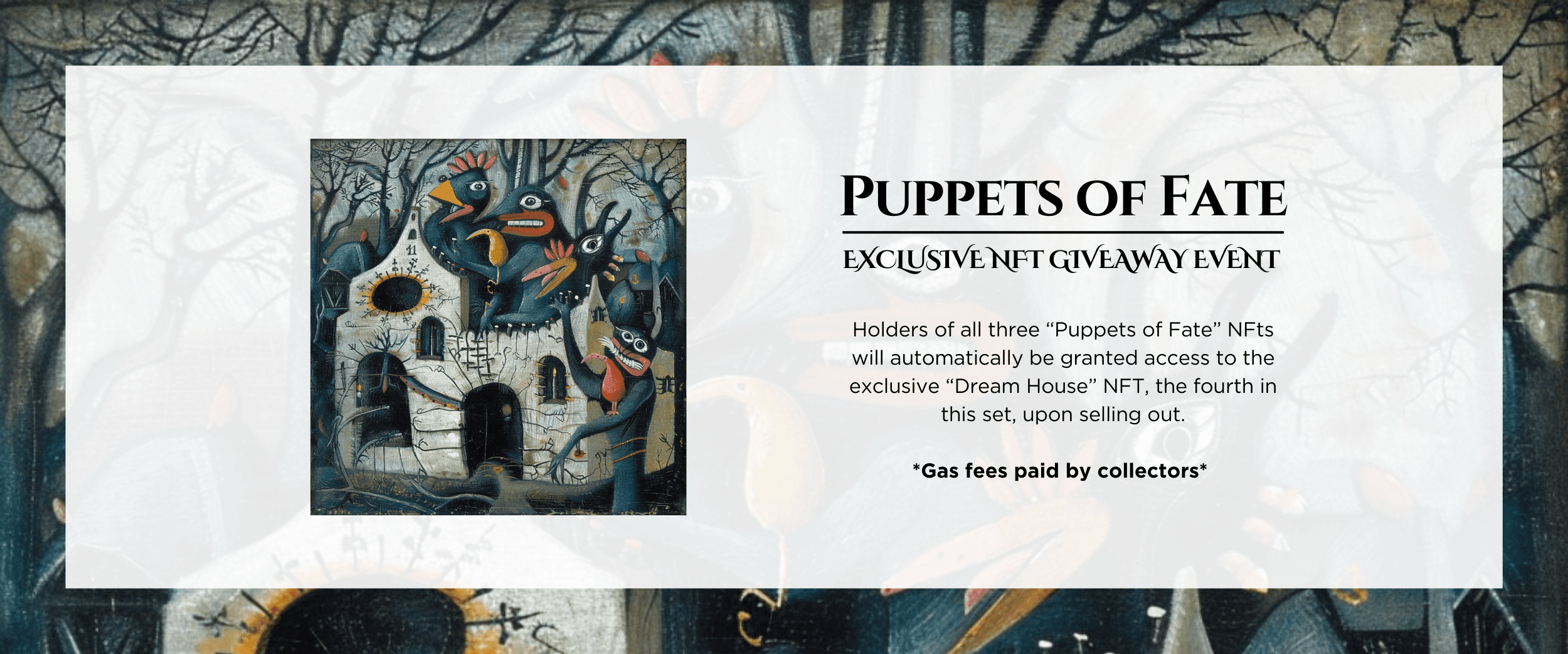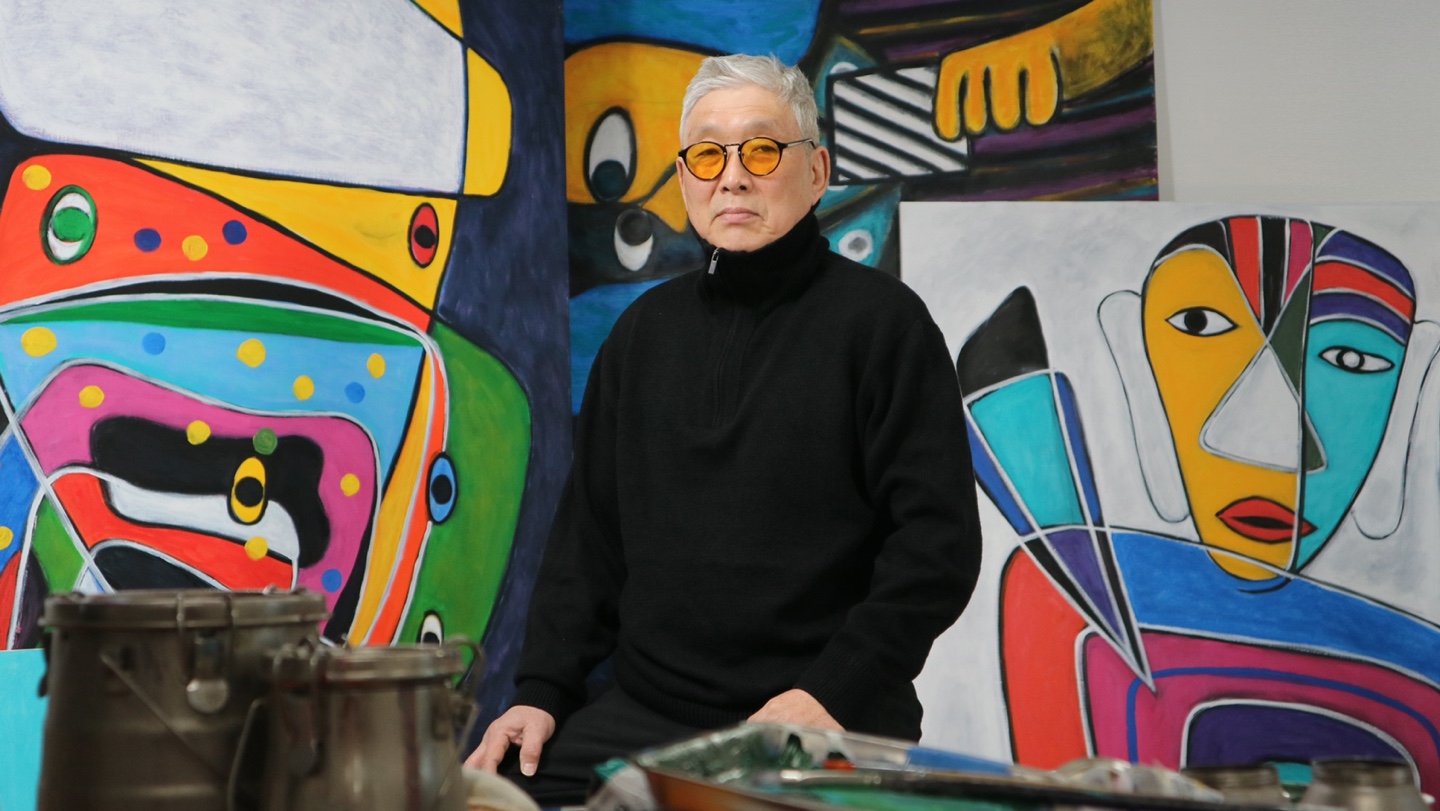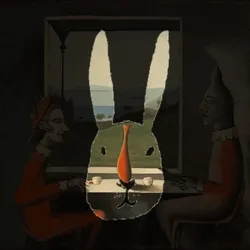As the old saying goes, "Be careful what you wish for." But is that always true? In "Puppets of Fate," artist Chae Tongyull explores the delicate and sometimes dangerous balance between desire and destiny. Reading like an ancient fable, this series of three NFTs weaves a tale of love, loss, and the enchanting power of the heart in shaping our fate. However, just like love- the moral of this story lies in the eye of the beholder. Where is the magic in a life without wishes? Is a life without dreams truly worth living? You decide your fate.
These pieces are based on Chae Tongyull’s breakout series “Medieval Tales” from the 1980s and given new life through Midjourney.
- Holders of all three “Puppets of Fate” NFts will automatically be granted access to the exclusive “Dream House” NFT, the fourth in this set, upon selling out.
Chae’s breakout exhibition in 1986, Medieval Tales, was a love letter to the lore of centuries past and a test of his artistic ability to convey his passion for literature on canvas. Harnessing his brush like a sword and referencing everything from Arthurian legends to the writings of magical realists Italo Calvino and Anthony Burgess, Chae had emerged as a direct contender against the “edgy” art styles that had become trendy in the East Village of the 1980s.
Like characters in a play, the subjects of this series—kings, queens, jesters, knights—seem to appear as apparitions amidst a shifting background that is intentionally flattened in the style of the Middle Ages. By ignoring the conventions of perspective and emphasis on realism that developed during the Renaissance, Chae succeeds in creating a tension that magnifies the subject of his work and casts the canvas as an isolated realm where science and reason have not yet solidified.
The theatrically rendered protagonists that inhabit this world are not “real” in the physical sense, nor do they pretend to be. They are steeped in symbolism, existing only through our collective folklore, imagination, and artistic interpretations. Although separated by time and distance, Medieval Tales succeeded in bringing the fantasy of these far-away places and to life, and through the use of exaggeration, Chae leaves the mystery of these magical worlds intact, urging his audience to dive a little deeper, and travel a little farther, to find their own truths in his art.
A young single woman, frustrated with her marriage prospects, finally decides to meet with the village seer to help find her soulmate. A strange, mischievous man, the magician promises to fulfill her wish for the perfect companion, one who will “never leave her side.” But when he reveals his bird wand, she realizes she may get more than she bargained for…
For a young woman grown older, there is comfort in a daily routine of tea for two and a window with a view. Even if her companion isn't much for words, they share a silent, unspoken bond- at peace in their “charmed” life together.
A charmed life cannot last forever, even soulmates fade away in time. Now alone, the old woman finds solace in her “familiars,” three magic birds that sing the secrets of love and fate. With their power, she prepares to become the new village seer- a mystical matchmaker who weaves the destinies of others with a flick of her wrist.



With a color palette as rich as his life story, the works of Chae Tongyull are steeped in literary symbolism and rooted in a deep appreciation for romantic adventure. Born in Busan amidst the Korean war of the 1950s, Chae has traveled the world, eventually seeking his fame and fortune within the U.S. In his twenties, he was the founder of the “Idists” movement, an expressionist group based out of New Orleans. Later, he would move to New York city to become one of the only Asian (and only Korean artists) within the East Village art scene of the 1980s, where he was a contemporary of legends such as Keith Haring and Jean-Michel Basquiat. Since 1993, he has traveled and painted extensively within the Himalayas, exploring remote regions in China, Tibet, Nepal, and India. His works gain inspiration from a diverse range of classic artistic and literary traditions: the prose of Shakespeare, mysterious legends from Korean folklore, the eccentric brushstrokes of Chinese Calligraphy master Pa-Ta-Shan-Jen, Buddhist philosophy, and much more. Because of their rich texture and unique subject matter, his art has been praised and collected for its value in straddling both American and South Korean cultural identities, as well as various places in between. Recently, he is also enjoying working on oil transfer drawings.
Chae Tongyull has participated in various international exhibitions and gallery shows, including within the Bronfman Center in Montreal, Saatchi & Saatchi in NYC, "And the Beat Goes On" in Shanghai and Chengdu," and more. Additionally, his works are part of permanent collections of the Korean National Museum of Modern and Contemporary Art, Samsung Lium Art Museum, Daelim Art Museum, and Daejeon Expo.
